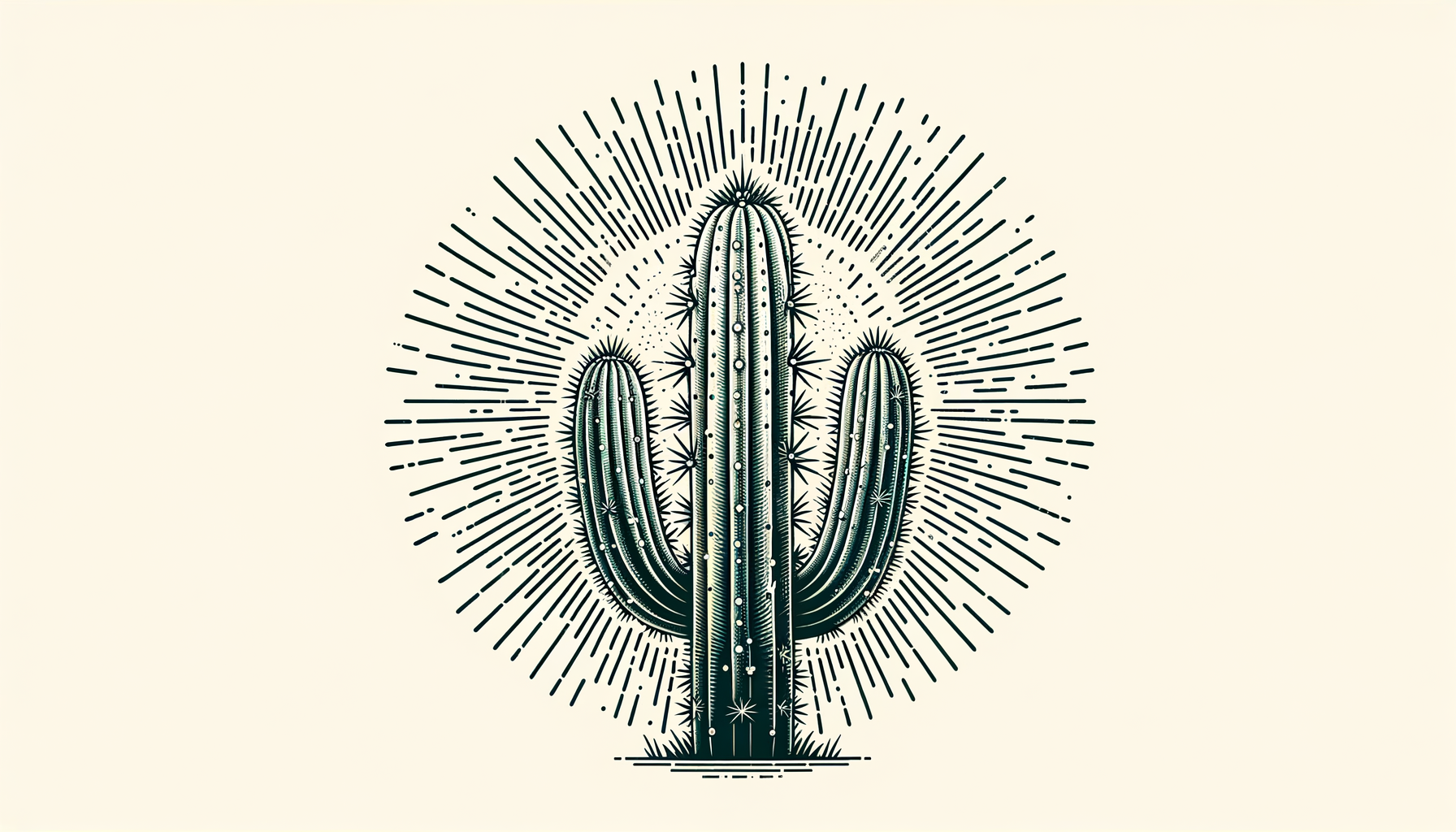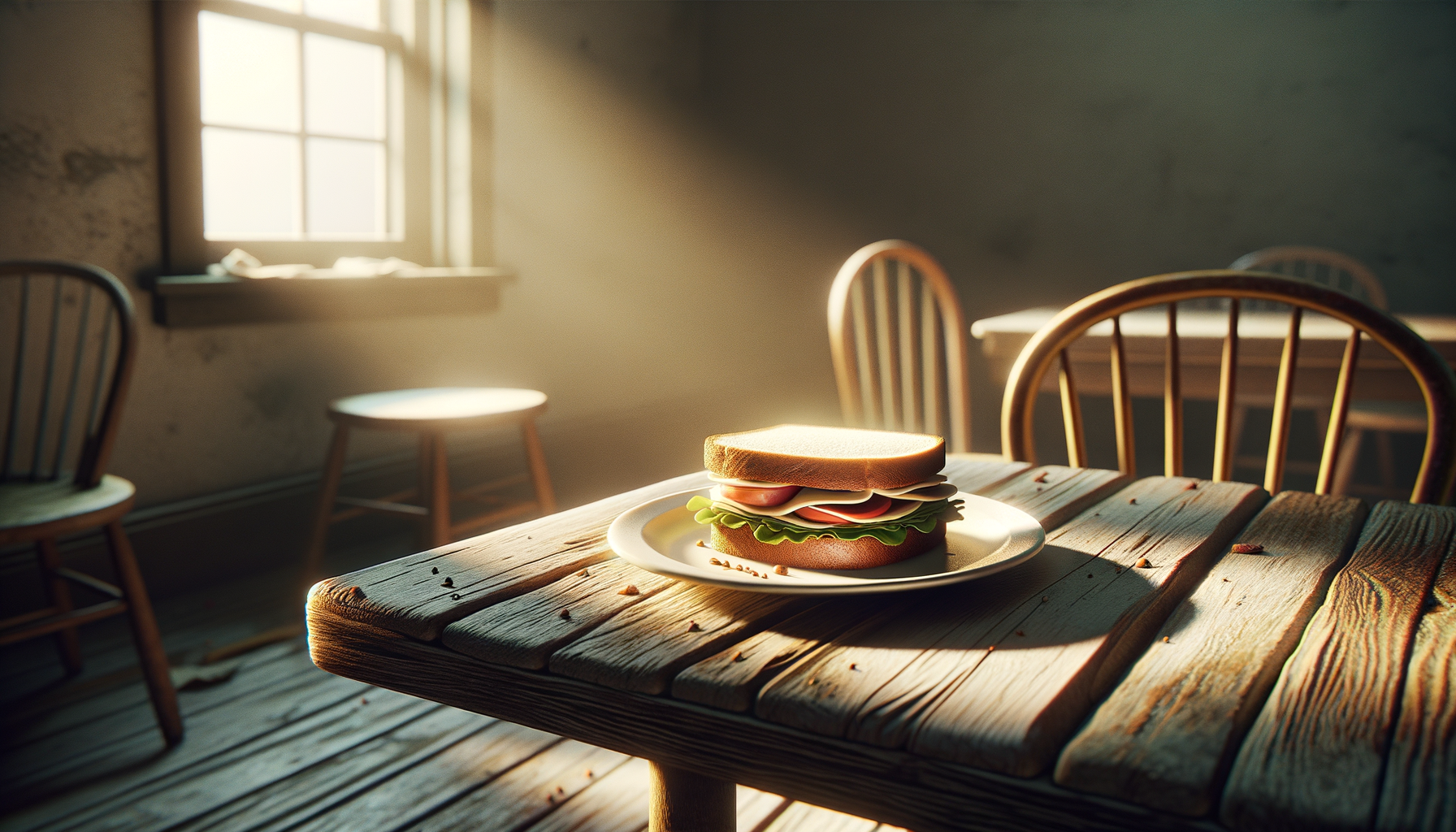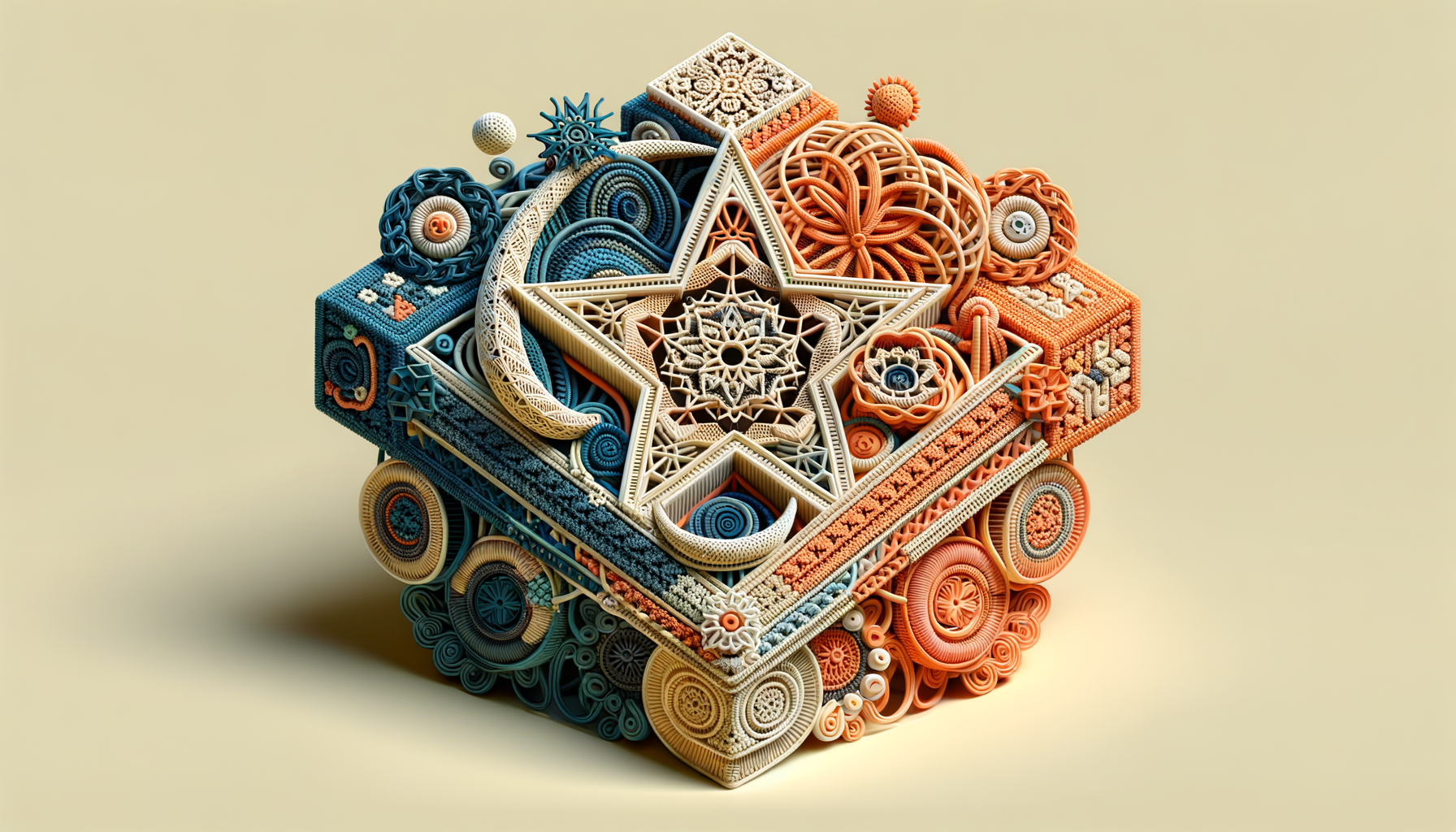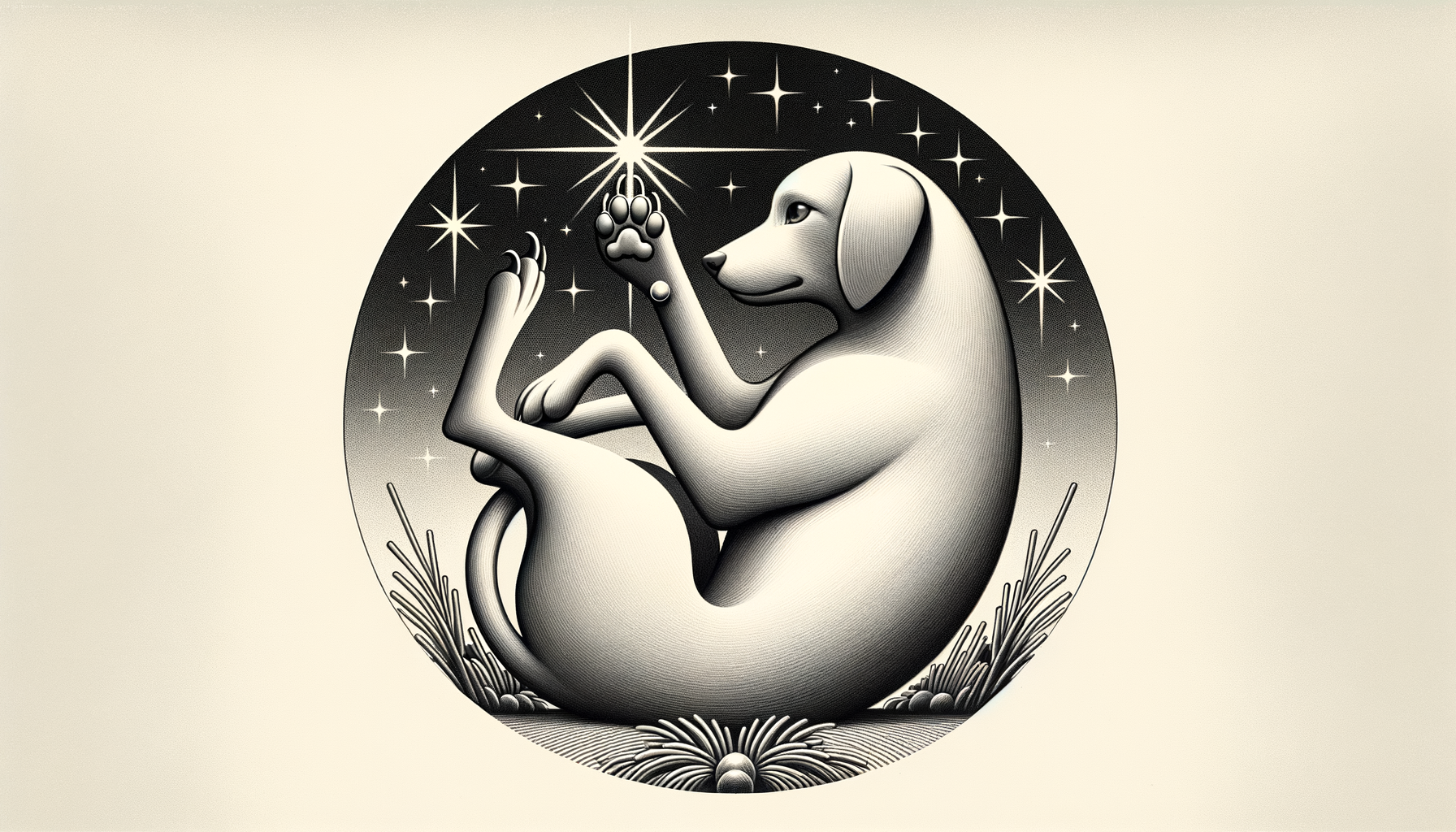That Time a Cactus Changed My Life
I never thought I’d find inspiration staring at a cactus. Yet there I was, standing in the heart of the Atacama Desert in northern Chile, surrounded by dusty, prickly plants that looked like they could win a bar fight. I had come for the landscapes—the rugged mountains, the surreal salt flats, the kind of sunsets that make you rethink how you’ve been living your life. But as I stood there, face to spine with a two-meter-tall cactus, I realized something profound: love is kind of like these stubborn, spiky plants. Let me explain.
Love Is a Desert, but It’s Not Dry
If you’ve ever experienced heartbreak or felt lost in the chaos that is modern dating, you might relate to the desert metaphor—a seemingly barren landscape where you wonder if anything meaningful can grow. Just like the desert, love often looks harsh and unforgiving at first glance. We’ve all been there: ghosted after the third date, hurt by someone we trusted, or questioning if we’ll ever meet anyone we can truly connect with.
But here’s the thing—the Atacama isn’t lifeless, and neither is your romantic life. The desert is bustling with hidden vitality, from tiny, vibrant blooms that appear overnight to the resourceful cacti that store water for months on end. Love, too, can surprise you with its resilience. It took me years (and a solid amount of cringey mistakes) to realize that relationships don’t thrive on superficial charm or grand romantic gestures. They thrive on quiet strength, adaptability, and figuring out how to nourish each other during the dry spells.
The Cactus Code: Thriving in Tough Times
Cacti don’t just survive the desert; they thrive in it. They’ve mastered the delicate balance of self-preservation and connection, which I believe offers some useful pointers for relationships.
1. Protect Yourself Without Closing Off
Cacti have spines, and let’s face it, so do we. Spines are the boundaries we set—learning how to say no, walking away from toxic situations, and knowing our self-worth. But unlike a fortress, a cactus doesn’t block out the world entirely. It still absorbs sunlight, takes in rain when it comes, and even flowers. Relationships thrive when we protect what matters (hello, emotional health!) without shutting people out.
Tip: If setting boundaries feels scary, start small. Practice saying, “I can’t make it, but thank you for inviting me,” or “That comment made me uncomfortable.” Over time, you’ll find it easier to balance self-protection with vulnerability.
2. Adapt to Your Landscape
Cacti are masters of adaptation. Needles instead of leaves, water stored in their thick skin—they’ve basically written the survival handbook. And in relationships, adaptability is everything. People grow, circumstances change, and you’ll either bend or break trying to resist it.
When I moved to Madrid to study, I was in a long-term relationship. While I was busy falling in love with the city’s fiery energy, my partner back home was falling in love with someone else. Harsh? Yes. Necessary? Also yes. That relationship taught me to adapt, to embrace growth, and to realize that sometimes, love means learning to let go.
Tip: Adaptation doesn’t mean losing yourself—think of it as finding new ways to thrive. Try asking your partner, “What do you need more of right now?” or “How can we grow together in this phase?”
Less Drama, More Roots
One thing I love about cacti (besides their zero-interest in looking trendy; they’ve been rocking the same aesthetic for centuries) is how deep their roots go. These plants know that stability comes from focusing on what’s beneath the surface. Relationships are no different.
When I think about the strongest bonds I’ve seen—my parents’ steady partnership, for instance, or my best friend’s marriage—they all have one thing in common: deep emotional roots. These people didn’t build their connections on fleeting excitement or picture-perfect Instagram posts. They built them on mutual respect, shared goals, and the ability to truly listen to each other.
If you’re in the early stages of a relationship, take a cue from the cactus: invest in the roots before you worry about the flowers. A beautiful saguaro didn’t get that tall overnight.
Tip: Focus on cultivating emotional intimacy. Ask meaningful questions like, “What’s a lesson life has taught you recently?” or “What’s one thing we can commit to for each other this week?”
You Don’t Have to Bloom All the Time
In the desert, flowers are rare but unforgettable. I saw one such bloom—a tiny magenta cactus flower, bravely poking through the sand. It didn’t shout or demand attention; it was simply there, being its resilient, vibrant self.
Too often, we feel pressured to “perform” in relationships—to go big or constantly prove our worth through extravagant gestures. But cacti remind us that it’s okay to simply be. You don’t need to be “on” all the time, and neither does your partner. Some seasons are for blooming; others are for conserving energy. And both are valid.
Tip: Give yourself permission to have quiet seasons in love. Maybe tonight isn’t for a big date or a deep conversation; maybe it’s for takeout and sitting in comfortable silence together. The key is intention, not perfection.
Your Love Life Isn’t a Straight Line
One last thing about the cactus: it doesn’t grow in a neat, predictable shape. Some are tall and imposing; others are pudgy, clumsy-looking (like they tripped over themselves while growing up—relatable). Some grow arms; others choose a minimalist vibe.
Our love lives are equally unruly. There’s no perfect timeline or single way to do this thing. Some of us are late-bloomers; some of us sprout new arms halfway through. As someone who’s experienced the passionate highs of whirlwind romance and the quieter joys of deeper, slower love, I can tell you this: there’s no “wrong” way to grow… as long as you stay authentic to who you are.
Conclusion: Embrace the Art of Tough Love
The cactus, in all its prickly glory, is a masterclass in love—showing us how to thrive amid challenges, set firm boundaries, and bloom when the time is right. Whether you’re navigating the early days of flirtation or nurturing a decades-long marriage, remember this: love doesn’t have to be perfect to be beautiful.
So, here’s your homework: Be like the cactus. Stay rooted, set your boundaries, adapt when life demands it, and don’t forget to bloom when the moment feels just right. After all, the desert isn’t just a place of survival—it’s a landscape full of surprises, resilience, and unapologetic life. Just like you.




















